Last Updated on May 28, 2023 by Ellen
“Not many gringos know that word, canicula,” the shuttle driver said.
“I know,” I replied, “I learned it in Guatemala.”
We were in a passenger van on our way back from some ruins near Oaxaca City. I made small talk with the driver, and when it came to the weather I said I was glad our slow travel took us there at that time – during canicula because it had hardly rained during our stay so far. Our trip to the Monte Alban ruins that morning and early afternoon had clear, beautiful blue skies.
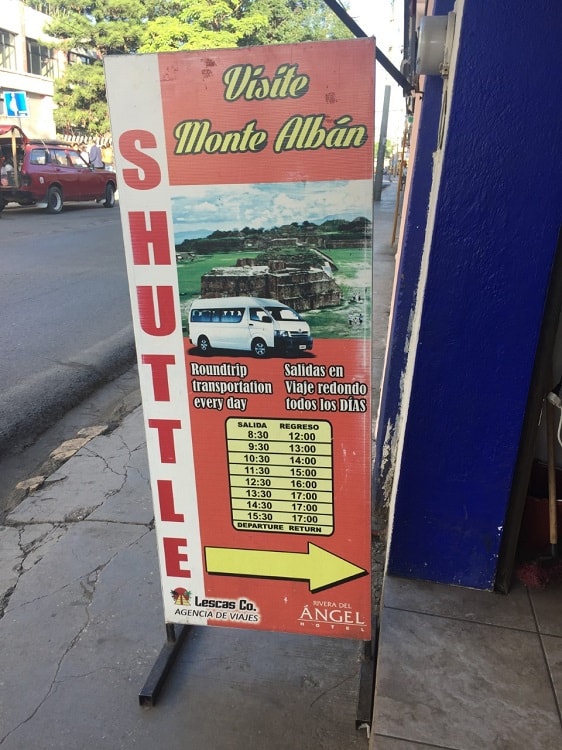
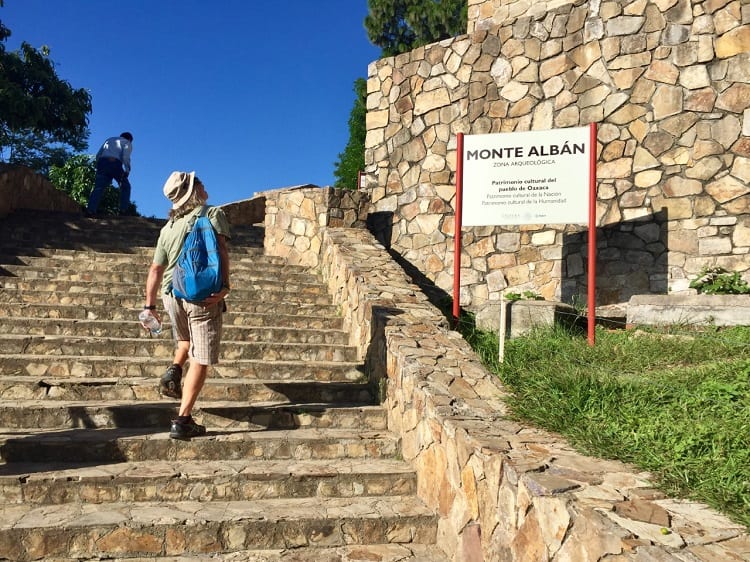
Canicula is a period of time in summer that lasts for some weeks in Central American and Southern Mexico when the rainy season sort of dries out. There are no torrential downpours that last several hours or days, which are typical in the rainy season. (Yes, days.) Instead, there will be the late afternoon thunderstorm, and even that won’t happen every day.
I first heard the term canicula from our Airbnb hosts in Antigua, Guatemala. Tedly and I were debating a volcano hike because it had rained nearly every day and we were unsure of how the conditions would be at several thousand feet higher on a volcano. There was no guarantee we’d see an exploding volcano named Fuego if it was raining on an overnight hiking trip. (We did go on the hike, it did rain a tiny bit, but we did see Fuego blow her lid, even though it wasn’t quite the canicula period yet at that time.) Our hosts explained canicula usually starts in mid-to-late July, and the period generally lasts three or four weeks. In some years, the period can be longer, or shorter.
The National Weather Service in Mexico says the average canicula length is 30 to 45 days, and normally starts around July 15. If it’s a “normal” year, and canicula started on or about July 15, it may end at any time now through the end of this month.
A big reason Tedly and I wanted to spend most of the summer in the highlands of Mexico and Guatemala was to escape the heavy, humid downpours on the coasts. (Mosquitoes love me.) It rained a lot starting in mid-May in Guatemala, at Lake Atitlan and Antigua. Once we got to San Cristobal, Mexico, it started to dry out a bit. By then, it was mid-July. There still are occasional thunderstorms that don’t last too long, and sometimes they are quite intense! One time I witnessed rivers of water rushing the streets of San Cristibal. Calf-deep water. I was soaked by the time I made it home. (Always carry a plastic bag in rainy season for electronics.)
Farmers usually won’t plant new crops during canicula, and they’ve long avoided planting during this time based on astronomy. I did a bit of reading about the indigenous people of this region and when they planted and when they didn’t. Canicula stems from Canis, which means dog in Latin. Canicula is also another name for Sirius, the brightest star in the sky, which is in the Canis constellation. So, dog days of summer. Hot and dry. Panting, no planting.
Back to that passenger van on our way back from the ruins in Oaxaca City. It was a great trip to Monte Alban. The weather was perfect, and it was an inexpensive attraction loaded with history to keep us amused for several hours. Admission was about $4 USD each.
I won’t write too much about Monte Alban because there is a ton of info out there on the web already. So I’ll just quickly hit my five points of advice for visiting this World Heritage site.
5 tips for Monte Alban
Tip #1
You don’t need a guide if you don’t speak Spanish and you’re on a budget.
There are information markers in English, which are helpful to understand the history and the importance of this site used by the Zapotecs. (There is a small museum on the site, and that is all in Spanish.)
Tip #2
Second, go in the morning for the best light effects from the sun.
Sunshine on an angle over the valley and hitting the ruins is a magical thing to see, as opposed to the sun beating down from overhead. Additionally, tour buses get there in the late morning, around 10 or 11, and it starts to get crowded. We went on a weekday, and had the place virtually all to ourselves until the late morning.
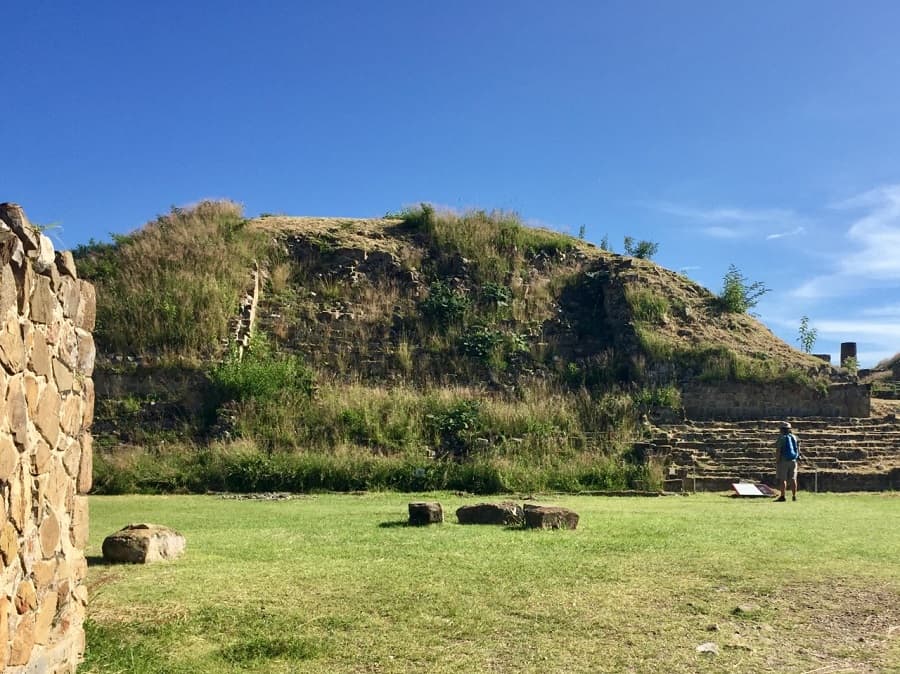
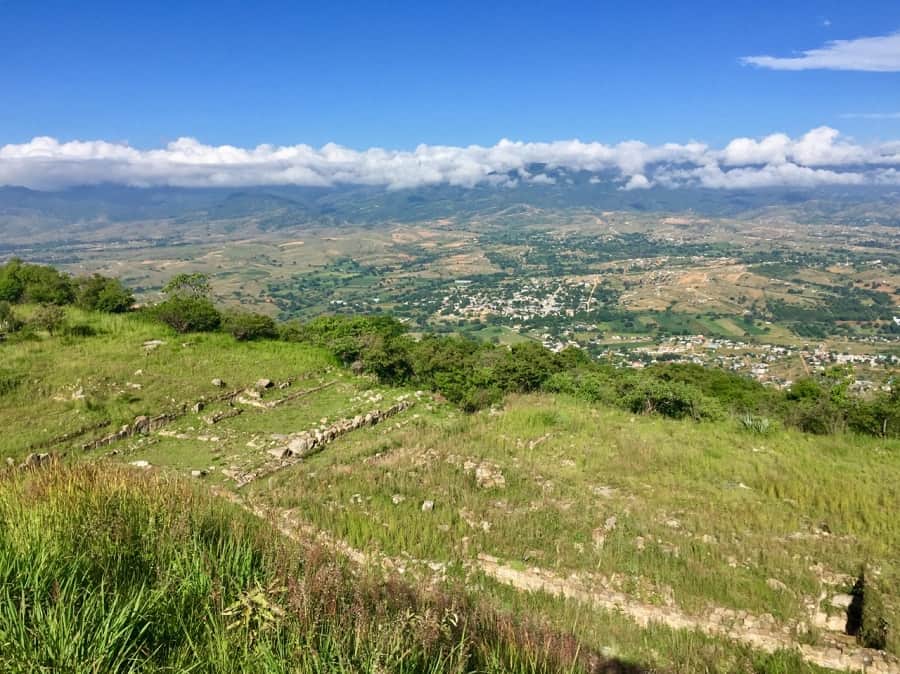
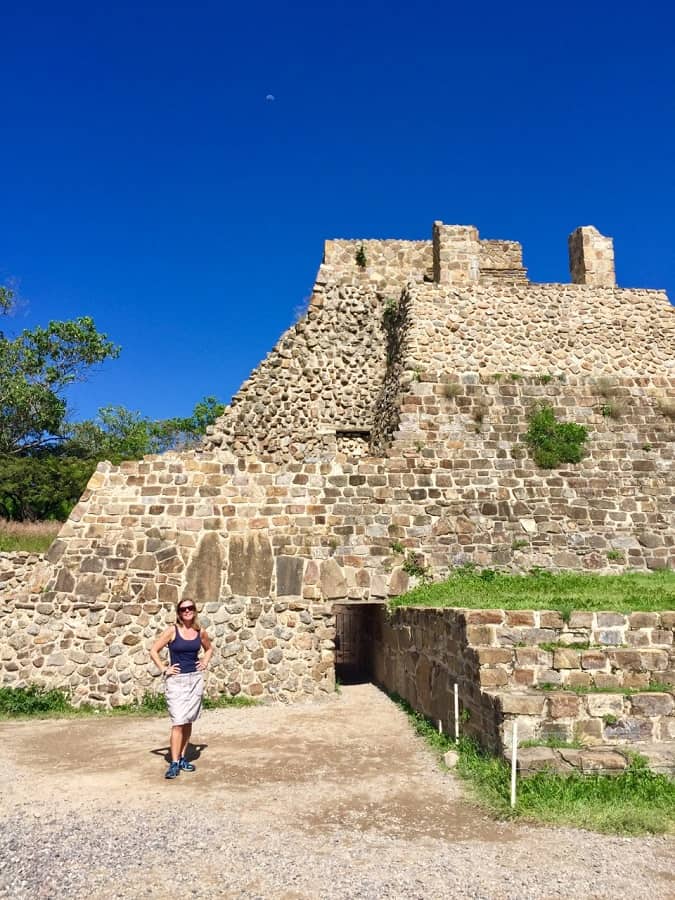
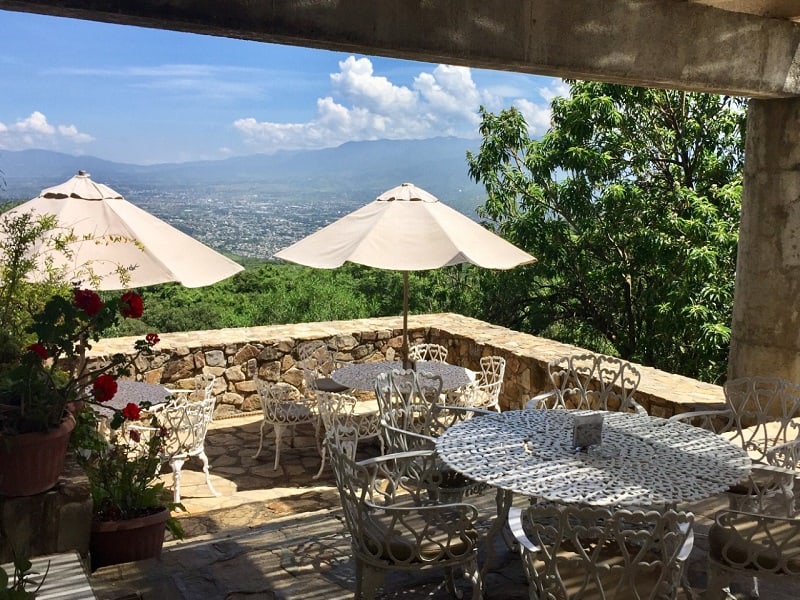
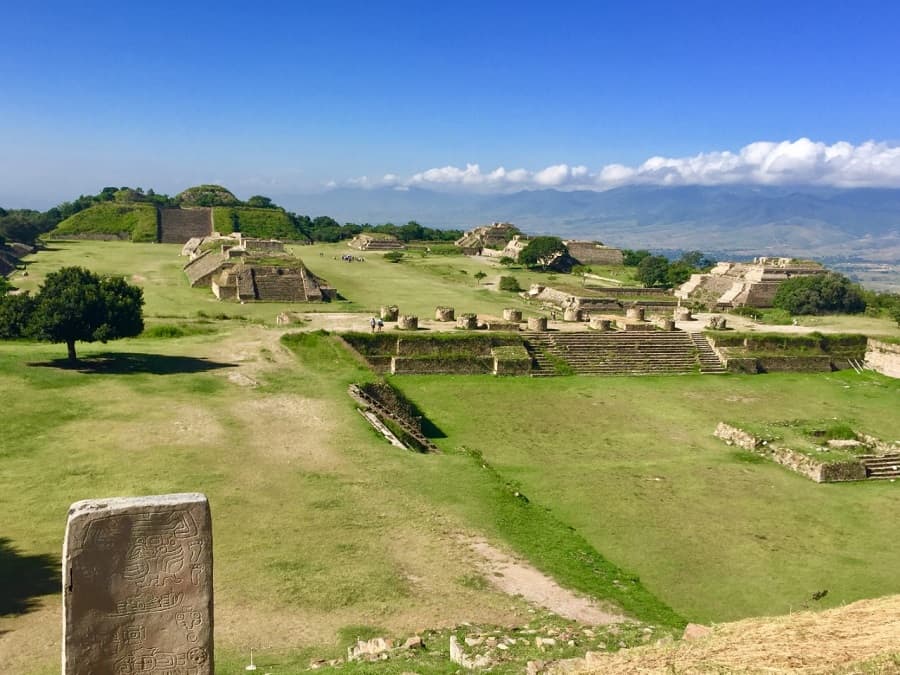
Tip #3
Third, go on a clear day.
Monte Alban in the center of Oaxaca Valley and features several artificial ridges. The site is about 1,400 feet above the valley. Depending on where you stand, and which way you face, you can see Oaxaca City (better for afternoon sun), suburbs and farmland (better for morning sun). Any way you look — it’s simply gorgeous. Clouds and rain won’t give you this view.
Tip #4
Fourth, visit the cafe in the museum, because it has a great patio with a fantastic view.
It’s a bit pricey for us budget travelers, but — the view! Instead of full meals, we had a simple snack. We shared a cocktail de aguacate (avocado salad), which was excellent, for about $4.50; I had good coffee for $2; spouse had a bottle of beer for $3, which is expensive for here. (Note, the Monte Alban Restaurante adds a 20 percent tip to your bill.)
They also serve breakfast, and we may eventually go back up for that at some point during our remaining time here to enjoy this view again. (You do not have to pay park admission to only go to the restaurant.)
Tip #5
The fifth and final point I’ll hit is about getting there. It’s a long walk from the city to the ruins, about six miles, and some people do it. Also, the public buses will run up in that area, although not as frequently as city buses run. These options, while free and cheap, will take some time, and I have no direction to offer for the bus option, because we didn’t use that.
We used a tourism van that left from the Rivera del Angel Hotel, booked through Lescas Company of Oaxaca (I recommend them).
Reminder: this is an independent blog. We never take kickbacks, and we don’t work with affiliates and sponsors.
It cost us $3 USD each round trip – transportation only. We booked at the office a couple of blocks from the hotel a few minutes before the first shuttle to Monte Alban at 8:30 a.m. The return was supposed to be noon, but we checked with the driver, and he said it was fine for us to take a later shuttle back so we could enjoy a light lunch and the view at Monte Alban’s restaurant.
If you have cash to burn, or have a burning desire to get a full tour, you can find companies offering tours all over town. Any way you go, just go. It’s a beautiful site to see while visiting Oaxaca, especially with clear summer skies during canicula.
Thanks for reading, “5 tips for Monte Alban during ‘canicula’ (and canicula explained for gringos).”
🙂

Thanks for the tour El… by the way, you look ? great! ?